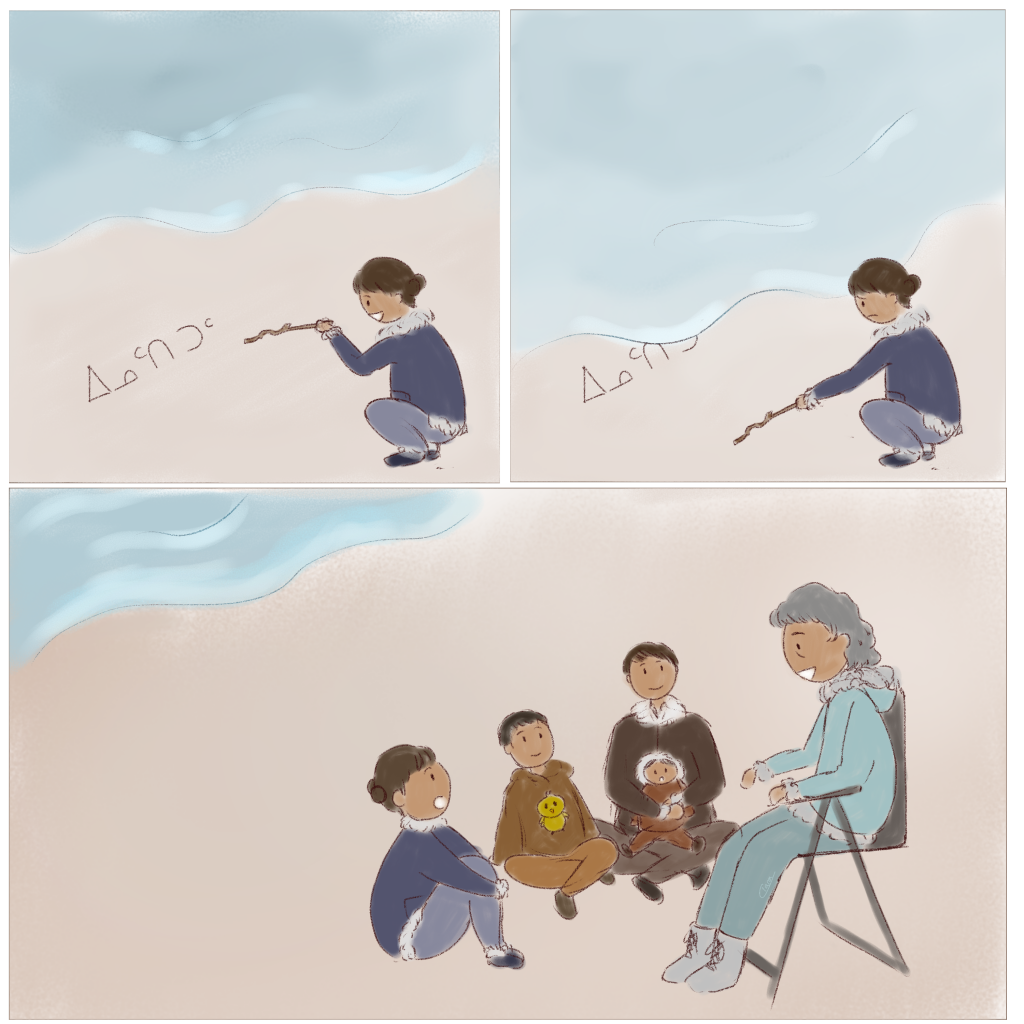How do we preserve the diversity of the world’s languages?

It is much easier to find movies dubbed or subtitled in some languages than others. For some languages it can even be difficult to find just a few speakers. Endangered languages are those that have very few young learners, something a lot of us take for granted. In Canada, for example, 75% of the almost 100 Indigenous languages are endangered.
Languages are more than just sounds strung together like beads on a necklace. They are a window to a wealth of culture and history. Conservation of the incredible diversity of the world’s languages starts with children. Children should be encouraged, and feel proud, to learn their caregivers’ languages. When all schooling, television and video games are in another language, it can be difficult for caregivers to encourage bilingualism. One strategy is to tie language back to culture: playing traditional games together or telling traditional stories.
The greatest success stories of language preservation are often the result of a mix of grassroots initiatives in homes and communities and government led schooling or law reform. In some places, unique languages even drive tourism, like Silbo gomero, a language that is part whistling, from the Canary Islands.
Join us next time when we jump further into the wonders of the world’s languages.
The scientific sources for our comic:
Moseley, C. (Ed.). (2010). Atlas of the World’s Languages in Danger. Unesco.
